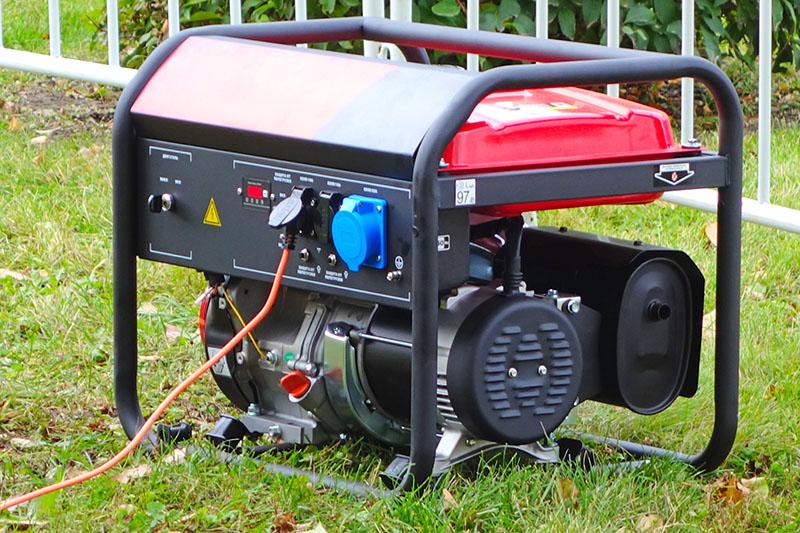
What you need to know about generators
Posted by Nathan Karels on August 21, 2018
There are typically two different classes of generators: smaller portable generators and permanent stand-by systems.
Two classes of generators
Portable generators are just like the name states, portable. They:
- Can be picked up and moved around where they’re needed.
- Come in a variety of sizes and electrical configurations.
- Have a couple outlets to plug in a 120-volt extension cord; larger sizes will have a 240-volt outlet as well.
- Are gas powered and simply start by pulling a cord.
- Are available at hardware stores and the big box stores.
- Are usually affordable depending on electrical needs.

Permanent stand-by systems are not portable due to their large size and weight. They:
- Power a large portion of a home or business.
- Use natural gas or L.P. as the alternative power source.
- Sense the loss of power and perform the switching automatically in a matter of seconds when the main power is lost.
- Simply turn off once the main power is restored.
- Come in a variety of sizes to suit a home or business.
- Typically cost more than the smaller portable units due to the complexity of the installation.

Installation
Permanent Generator
Only a qualified electrical contractor should perform the installation of a permanent generator. If generators are not wired correctly to your home or business, a back-feed could be created.
Once a professional installs your system, it is Minnesota law to have a state electrical inspector inspect their work. Following these procedures will help ensure you have a safe working system.
Portable Generator
Portable generators do not need to be installed, however, safety precautions should be taken when utilizing one. These generators run on gas and produce carbon monoxide, a colorless, odorless gas, so make sure the generators are only used outside. In addition, double check how many watts the generator produces so you know what appliances can be plugged into its power outlets. Typically, the more outlet combinations available, the more watts the generator produces.
If you have further questions about generators, contact one of Wright-Hennepin’s Energy Use Consultants at (763) 477-3000.
